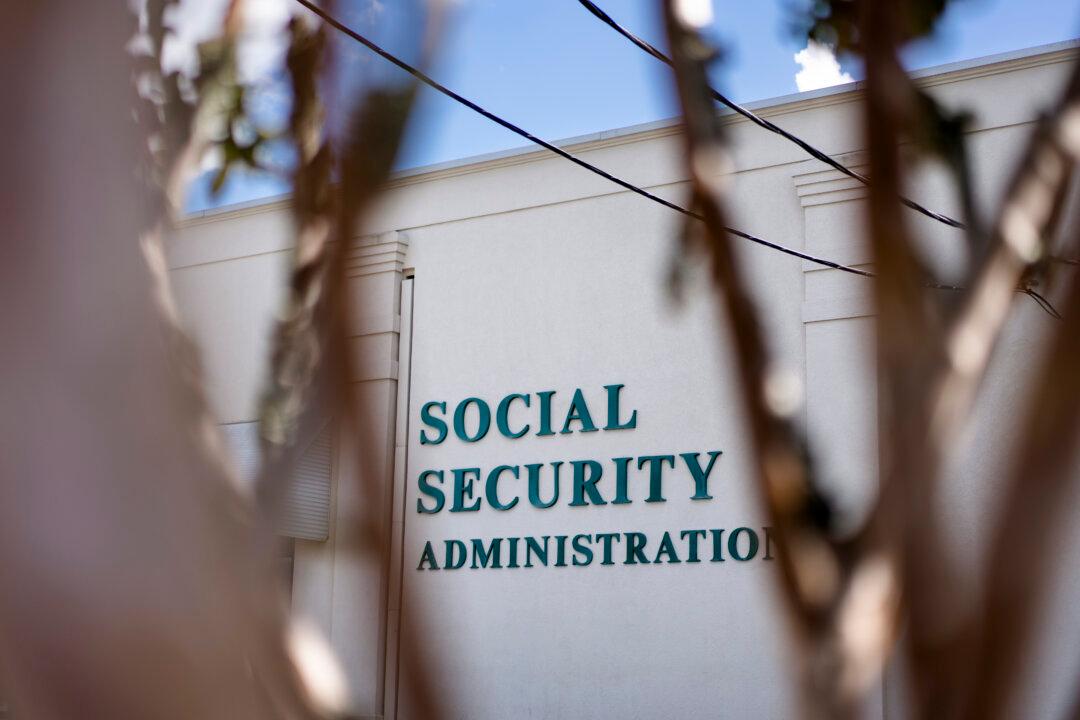The FBI issued an alert on April 2, warning Americans about criminals stealing the identities of taxpayers to file fake returns and claim refunds.
“Stolen refunds are often redirected by criminal actors to accounts or addresses they control, including bank accounts, prepaid debit cards, mail drops, and/or third-party accounts.”
To prevent getting victimized, the FBI suggested recommendations made by the IRS that taxpayers set up an Identity Protection Personal Identification Number (IP PIN).
This is a six-digit number assigned to a taxpayer that prevents a third party from filing returns using his or her Social Security number or individual taxpayer identification number. Once enrolled in the program, a new IP PIN is generated for taxpayers every year.
“The IP PIN is known only to you and the IRS. It helps us verify your identity when you file your electronic or paper tax return. Even though you may not have a filing requirement, an IP PIN still protects your account,” the IRS says.
There are several ways to obtain an IP PIN, with the fastest being to request one through the taxpayer’s online account with the IRS.
A second way is to file an IP PIN application by submitting Form 15227. This method is only available for taxpayers whose adjusted gross income on the last filed return is less than $84,000. For married couples filing jointly, the income threshold is $168,000.
“We will use the telephone number provided on the Form 15227 to call you and validate your identity. Once we verify your identity, you will receive your IP PIN via the U.S. Postal Service usually within four to six weeks. You will then receive your IP PIN annually through the mail,” the IRS said.
Taxpayers can also get an IP PIN in-person by visiting a local Taxpayer Assistance Center. The individual must bring a current government-issued picture ID as well as another source of identification to verify his or her identity.
Identity Theft Crimes
Authorities have taken action against identity theft crimes. Last month, a Nigerian man was extradited to the United States, alleged to have “conspired to use stolen taxpayer information to file over 1,000 fraudulent tax returns seeking millions of dollars in tax refunds,” according to a March 5 statement from the Department of Justice.He is accused of being part of a scheme to break into the computer networks of tax preparation services in Massachusetts to file false returns.
In October, a man from New York was indicted for identity theft and bank fraud in connection with a stolen tax refund check worth $810,000. The accused attempted to steal the refund by impersonating a Connecticut-based corporate executive.
“The letter will ask you to verify your identity and tax return information. We won’t be able to process your tax return or issue a refund until you respond to the letter,” an IRS statement reads.
Verification can be done online or via phone. If the taxpayer did not file the suspicious return, the IRS is required to remove the material from agency records.
Once identity-related issues are resolved, the IRS marks the account with an identity theft indicator, which helps protect the tax account, according to the agency.
“All confirmed tax-related identity theft victims will be placed into the Identity Protection PIN Program and annually be issued a new, six-digit IP PIN to prevent someone else from filing a return using their identity and it will be required to be used on all future filings,” the IRS said.







